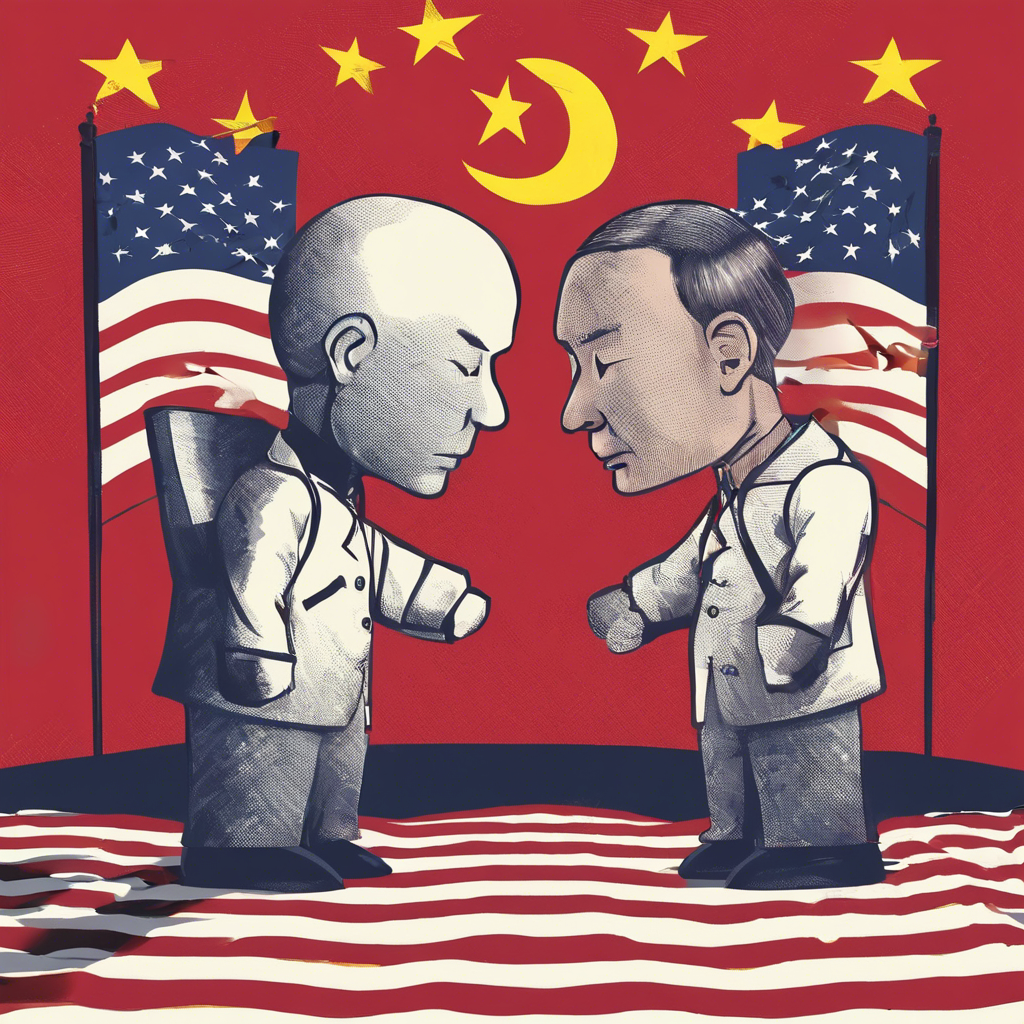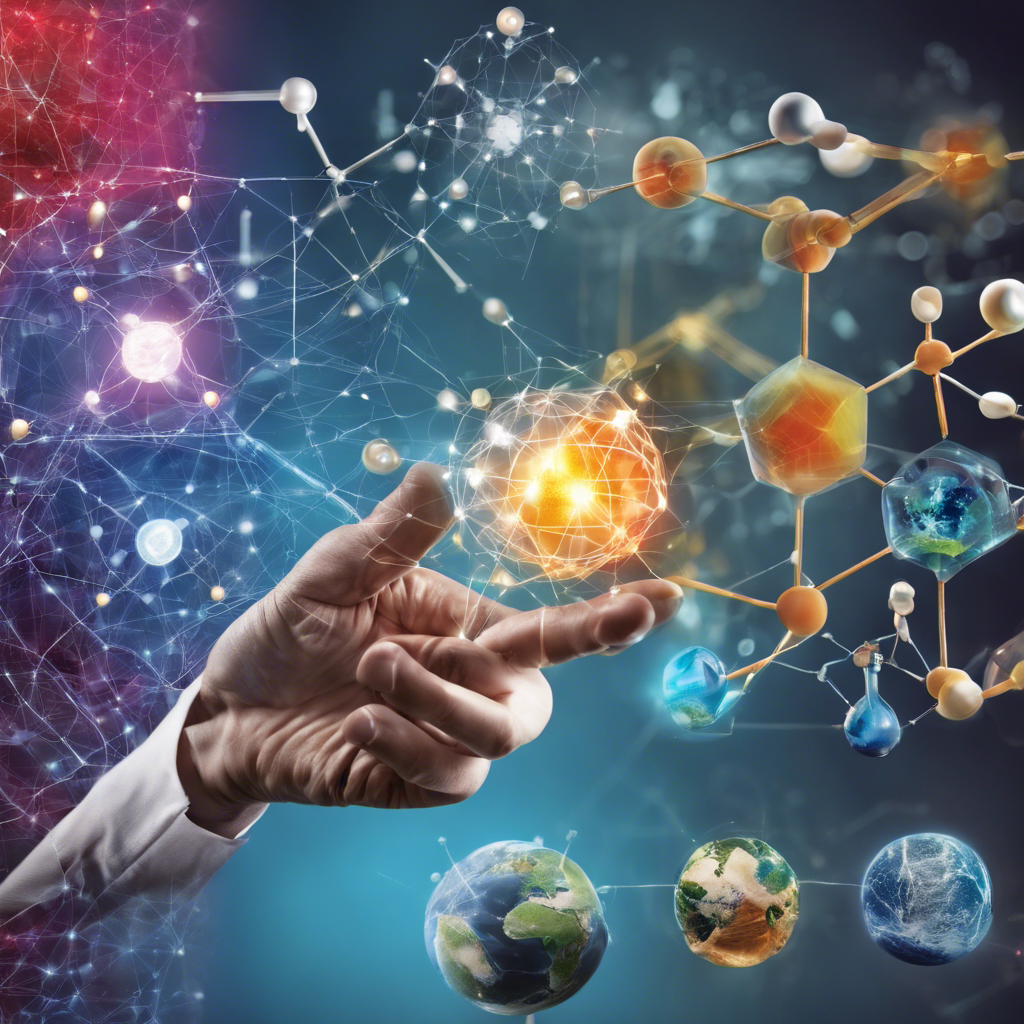As tensions rise between the United States and China, the true battleground lies in the race for scientific supremacy.
In the midst of political disputes and economic competition, the United States and China find themselves engaged in a lesser-known battle for scientific dominance. While politicians engage in diplomatic spats and trade wars, scientists from both countries are pushing the boundaries of innovation and research. As China rapidly gains ground in scientific advancements, the implications for global power dynamics and the future of technological progress become increasingly evident. This article explores the intricate relationship between the two nations in the field of science and the potential consequences of this rivalry.
The Interconnectedness of Scientific Communities
The scientific communities of the United States and China have long been intertwined, with researchers from both countries collaborating and enriching each other’s knowledge. Chinese scientists have benefited from American institutions, while the United States has gained from the manufacturing ecosystem and applied science expertise in China. However, as the competition intensifies, the focus shifts towards dominance in scientific research. This shift is driven by the recognition that science and technology are the primary drivers of growth and progress in both nations.
The Role of Applied Science and Manufacturing Ecosystem
China’s manufacturing ecosystem, known for its scalability and usability, complements the breakthrough and frontier science conducted in the United States. The Chinese government’s emphasis on science and technology as a primary productive force has motivated a shift towards domestic production and state control. The United States, on the other hand, remains the heartland of breakthrough and frontier science. The convergence of these two aspects is crucial for shaping the future of scientific research and innovation.
The Impact on California’s Future
As California Governor Gavin Newsom visits China and discusses collaborations on climate change and electric vehicles, the influence of China on California’s future becomes apparent. San Francisco, a hub for scientific research, finds itself in the top five metropolitan areas worldwide, alongside Shanghai and Beijing. The access to Chinese brands like BYD, a leading electric vehicle manufacturer, presents an opportunity for California to accelerate its efforts in environmental sustainability. However, concerns about issues such as Chinese production of fentanyl precursors and human rights persist, highlighting the complexity of the relationship.
The Motivation for Chinese Scientific Breakthroughs
Chinese President Xi Jinping’s emphasis on science and technology as the primary driver of growth underscores China’s aspirations for scientific breakthroughs. Broad-ranging restrictions imposed by the United States on Chinese access to semiconductors have further motivated China to prioritize domestic production and control. For China, the challenge lies in overcoming US hegemony, with science serving as the solution. This includes both applied science, such as scaling up solar panel production and affordable electric vehicles, and basic science, such as artificial intelligence and quantum computing.
The Potential for Cooperation and Collaboration
While competition in basic science can drive a wedge between the US and China, it also holds the potential for bringing the two nations together. Discussions on AI regulation and climate cooperation are examples of areas where mutual interests can foster collaboration. The renegotiation of the US-China science pact under President Biden’s administration signals a possible shift towards coexistence and cooperation, particularly in addressing issues like climate change. The promotion of serious scientific researchers to senior political posts in China further highlights the country’s commitment to scientific breakthroughs.
Conclusion:
As the United States and China navigate their complex relationship, it is evident that the race for scientific dominance is a critical aspect of their rivalry. While political tensions and economic competition often dominate the headlines, the progress made in scientific research will shape the future of both nations. The interconnectedness of their scientific communities, combined with the pursuit of breakthroughs in various fields, presents opportunities for cooperation and collaboration. As the world confronts challenges like climate change, the adherence to scientific principles and a shared commitment to a sustainable future can pave the way for a harmonious coexistence between the two global powers.











